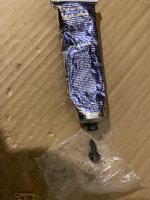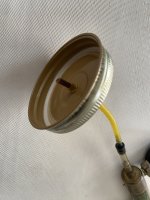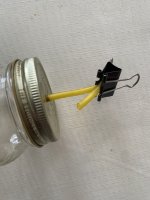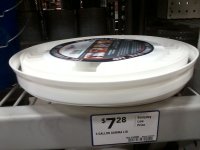A box meant to keep out humidity, or even to remove it. Look up 3D-printer filament accessories; you'll find a lot of types.
Moisture helps at least some types of silicones to cure, so even a tiny bit of humidity getting into / thru the plastic of the lid or being deposited into it like from the oils in your fingertip touching the inside of the lid or the edge of the tube's "nozzle", can cause the stuff near that point inside the tube to cure. if it's a caulking tube, there's no seal at the push-end, and humidity can creep thru the edges of the plunger plastic and cure that end of the tube even faster than the open (or unopened!) dispenser end.
Plenty of silicones in metal or plastic tubes I've had have done this; some will last a very long time, years, even a decade, but most will begin a cure process that travels thru the tube within a year or less. The warmer the storage area, the faster it may be, and the more humid almost certainly the faster it will be.
Other silicones may fail to cure once they age enough; depends on the type.
I have some platsil from SmoothOn, a two-part stuff for making molds from, that I've had for a couple of decades, I think, and it is *finally* reaching the point where it won't cure properly when mixed (heating the mold full of it in a toaster oven at something between 150-200F for a couple of hours could force it to cure, but it could remain tacky for weeks, or "forever"). I think it comes with a 2-year expiration date; mine has been abused and poorly stored in wildly varying conditions over the years as I used it for various projects, and it managed to survive ten times that...but I would never expect it.

(keep in mind I live in Phoenix, AZ, desert conditions, so very low humidity almost all of the time).












